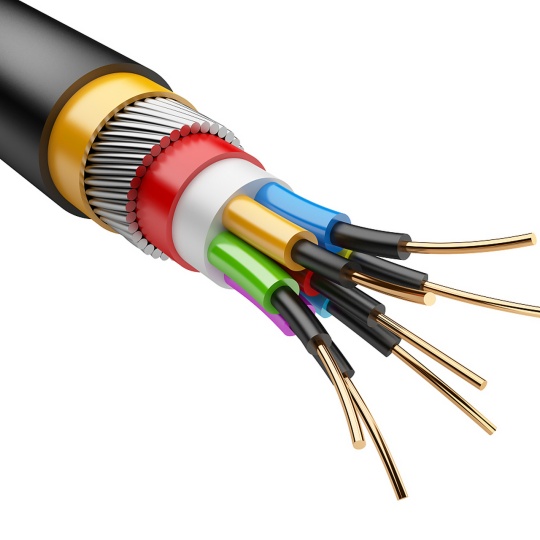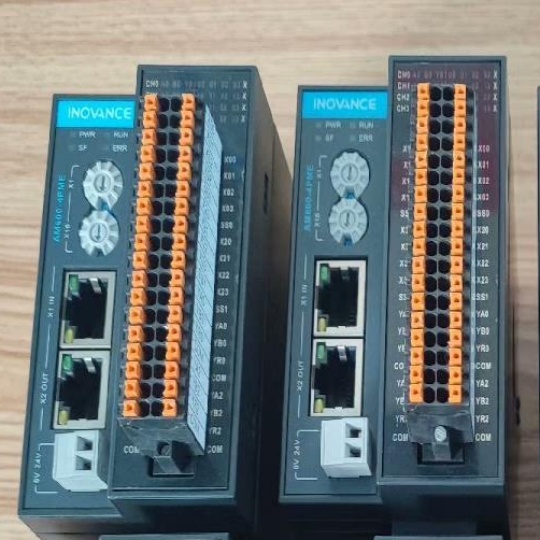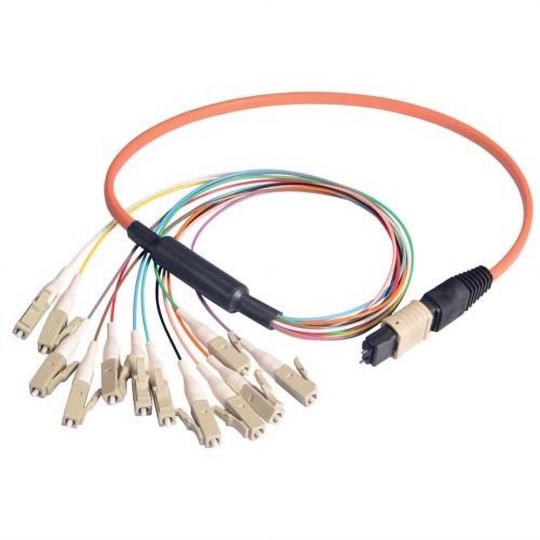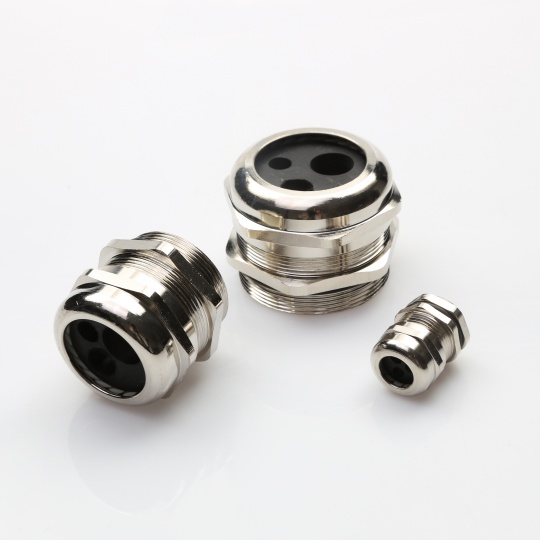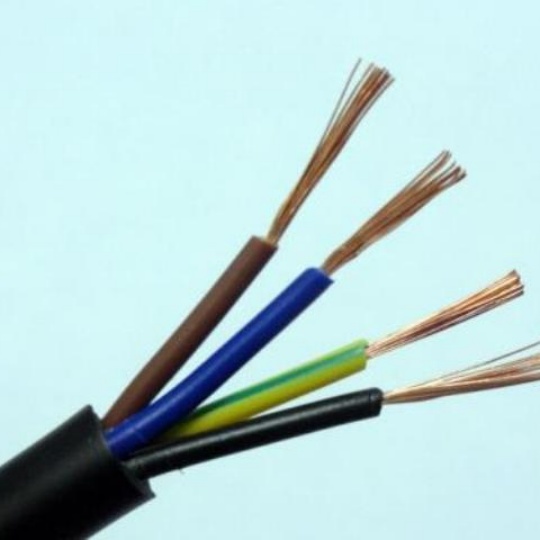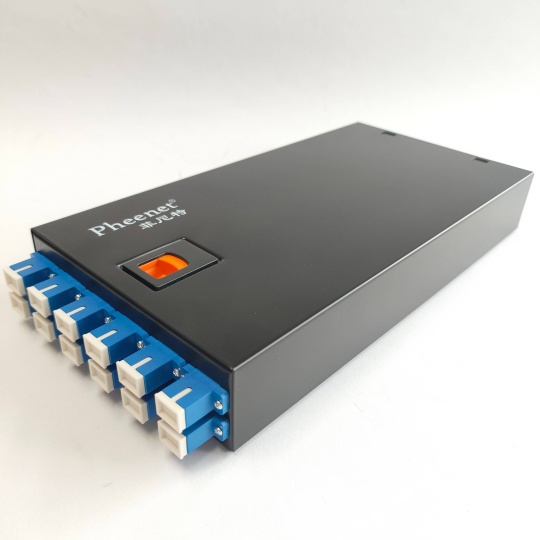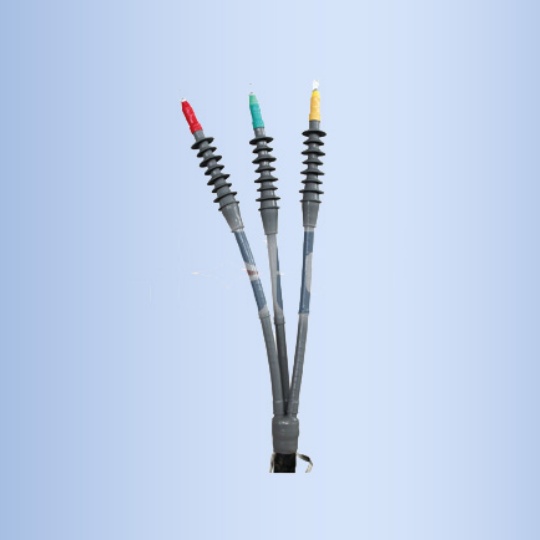What Communication Protocols Must Industrial Cable Assemblies Support...
Smart factories rely on seamless, robust, and high-speed communication between diverse machines, sensors, controllers, and enterprise systems. Industrial cable assemblies form the vital physical backbone for this data flow. Supporting the right communication protocols is essential for ensuring interoperability, performance, and reliability in demanding industrial environments.
Critical Communication Protocols:
- Industrial Ethernet Protocols: These have largely superseded traditional fieldbuses as the backbone for deterministic, high-speed communication.
- PROFINET: Widely adopted for real-time automation tasks (like PLC to drive/IO communication). Requires robust cabling (typically Cat 5e/Cat 6A with proper shielding, often using M12/M8 connectors) supporting speeds up to 1Gbps. Supports Converged Plant-wide Ethernet (CPwE) architectures.
- EtherNet/IP: The Ethernet implementation of CIP (Common Industrial Protocol), dominant in North America and widely used globally. Requires standard Ethernet cabling (Cat 5e, Cat 6, Cat 6A, fiber), often with M12 connectors for devices, supporting 10/100/1000 Mbps.
- EtherCAT (Ethernet for Control Automation Technology): Known for its high speed, low latency, and precise synchronization (especially for motion control). Often utilizes standard Cat 5e/Cat 6 cables with RJ45 connectors but benefits from robust industrial variants and specific connector types (M12 D-coded Ethernet is common).
- Modbus TCP/IP: Provides a simple gateway for legacy Modbus RTU devices onto Ethernet networks. Uses standard TCP/IP over Ethernet cabling.
- Powerlink: Delivers deterministic real-time communication via standard IEEE 802.3 Ethernet. Requires standard Ethernet cabling.
- Sercos III: A real-time Ethernet protocol specializing in high-performance motion control and synchronized multi-axis drives. Uses standard Ethernet physical layer (Cat 5e/Cat 6, fiber) with specific connector requirements (often M12 D-coded or X-coded).
- CC-Link IE Field: High-speed, deterministic Gigabit Ethernet solution popular in Asia. Requires Gigabit Ethernet cabling (Cat 6/Cat 6A, fiber), typically utilizing industrial RJ45 or M12 X-coded connectors.
- Fieldbus Protocols (Legacy and Niche): While Ethernet dominates new installations, legacy fieldbuses persist.
- PROFIBUS DP (Decentralized Periphery): Robust RS-485-based network for connecting sensors/actuators to PLCs. Requires shielded PROFIBUS cable with specific impedance and capacitance specs and 9-pin D-Sub or M12 connectors.
- Modbus RTU: Simple, widely used serial protocol over RS-485 or RS-232. Requires twisted-pair cables (often shielded), specific termination, and connectors like terminal blocks or M12s.
- CANopen: Robust serial protocol based on CAN (Controller Area Network), used in subsystems like mobile machines or device-level networks. Typically uses shielded twisted pair cables with specific impedance, often with 9-pin D-Sub or M12 connectors.
- IO-Link: A point-to-point serial communication protocol (IEC 61131-9) designed specifically for connecting smart sensors and actuators to an IO-Link Master (which then connects to the higher-level network like PROFINET or EtherNet/IP).
- Requires: Unshielded 3- or 4-conductor cables (typically flexible, such as PUR or PVC), standardized on M5, M8, or M12 connectors (usually A-coded). Cable length is generally limited (max. 20m). Simpler cable requirements but vital for connecting point devices.
- OPC UA (Open Platform Communications Unified Architecture): While primarily an application layer protocol for secure, reliable data exchange between devices and systems (across different vendors and layers), it relies heavily on the underlying physical infrastructure provided by cables.
- Requires: Robust Ethernet or fiber optic cabling to support reliable communication between clients, servers, and PLCs across the factory floor and enterprise level.
- Time-Sensitive Networking (TSN): A set of IEEE 802.1 standards enabled by Ethernet infrastructure (cables, switches). TSN provides mechanisms for guaranteed latency and synchronization over standard Ethernet, crucial for converged networks carrying real-time control traffic alongside standard IT data.
- Requires: High-performance Ethernet cabling (e.g., Cat 6A or better, fiber) capable of handling increased bandwidth and meeting strict timing requirements reliably.
Wireless Protocols & Cabling:
Smart factories increasingly utilize wireless technologies (Wi-Fi 6/6E, 5G, Bluetooth, LPWAN). Crucially, cable assemblies are still essential for:
- Connecting Wireless Access Points/Base Stations: Providing power (PoE/PoE++) and backhaul network connection via rugged Ethernet/fiber cables. M12 or RJ45 connectors are common.
- Device Power & Charging: Powering mobile devices like AGVs or handhelds at charging stations via suitable power cables and connectors.
Key Cable Characteristics Dictated by Protocols:
The required protocol directly influences cable specifications:
- Speed/Bandwidth: Gigabit protocols (EtherCAT, PROFINET IRT, CC-Link IE Field) require Cat 6/Cat 6A or fiber; 100Mbps needs Cat 5e/6.
- Determinism/EMI Resistance: Protocols with strict timing (EtherCAT, PROFINET IRT, TSN) demand higher quality shielding (e.g., S/FTP or F/FTP) and robust connectors (screened M12 types) to minimize signal degradation and jitter.
- Connector Type: M12 connectors (A, B, C, D, X-coded) are ubiquitous for device connections. X-coding specifically supports 10Gbps Ethernet. D-coding is common for 100Mbps Ethernet. Legacy systems use D-Sub, terminal blocks, or specialized connectors.
- Shielding: Essential in electromagnetically noisy factory environments. Protocols vary in susceptibility, but robust shielding (cable and connectors) is often mandatory.
- Material & Jacketing: Industrial cable jackets (PUR, TPE) resist oil, chemicals, abrasion, and extreme temperatures required for factory floor deployment.
Conclusion:
Industrial cable assemblies in smart factories must reliably support a diverse mix of protocols spanning real-time Industrial Ethernet (PROFINET, EtherNet/IP, EtherCAT, Sercos III, CC-Link IE Field), legacy fieldbuses (PROFIBUS, Modbus RTU), device-level IO-Link, and the enabling physical layer for OPC UA and TSN. The choice of cable assembly – its category/type, shielding, connector specification (especially M12 coding), and ruggedization – is fundamentally dictated by the communication protocol it needs to support, ensuring the speed, determinism, and reliability required for modern industrial automation.


